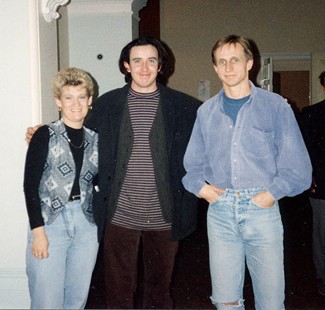Albanese's Angkor
 I've just received a gorgeous new traveller's guidebook called The Treasures of Angkor by Italian journalist Marilia Albanese. Its published by White Star and is a great addition to the guides that currently exist to help tourists decipher the crown jewels of Cambodia, the Angkor temple complex. Albanese is a scholar of Indian art and has written a number of books about India before turning her attention to Cambodia. In 2003 she published Angkor: Splendors of the Khmer Civilization, a 300 page coffee table-sized book that provided an in-depth commentary on the history and beliefs of the Khmers, alongwith a host of beautiful photos.
I've just received a gorgeous new traveller's guidebook called The Treasures of Angkor by Italian journalist Marilia Albanese. Its published by White Star and is a great addition to the guides that currently exist to help tourists decipher the crown jewels of Cambodia, the Angkor temple complex. Albanese is a scholar of Indian art and has written a number of books about India before turning her attention to Cambodia. In 2003 she published Angkor: Splendors of the Khmer Civilization, a 300 page coffee table-sized book that provided an in-depth commentary on the history and beliefs of the Khmers, alongwith a host of beautiful photos.For her latest publication, Albanese has compiled a compact and handy pocket-sized guide that houses a wealth of information within its 290 pages on each temple in the Angkor complex, together with a temple plan and what to look out for on your visit. The photos in the guidebook are excellent, especially the close-up pictures of some of the statues to be found in the National Museum and in the Guimet Museum in Paris. The author also takes you on a trip through the various stages of the developing artistic styles and the basic elements of the temple structures as well as identifying the carvings and deities you'll encounter along the way. The temples themselves are explored in six groupings, mostly in chronological order though with some variations. I'm sure the guide will prove popular because of its size and depth of information. It reminded me of a more slimline and convenient to carry version of the excellent Ancient Angkor by Michael Freeman and Claude Jacques.





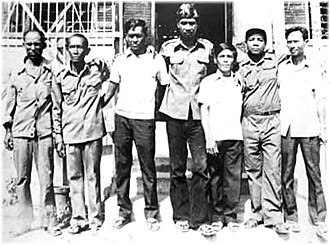






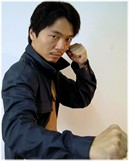







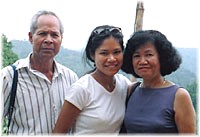



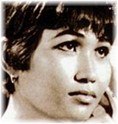


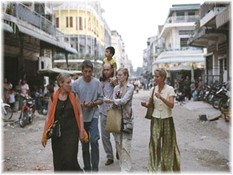

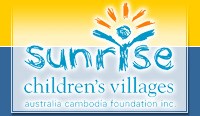
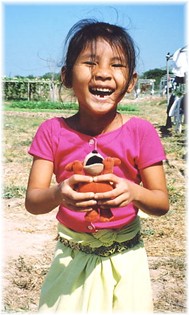
 Accompanied by Onphum, my moto-driver, we were returning from a visit to Choeung Ek, when we pulled into the grounds of Wat Stung Meanchey, boasting a large collection of statues, murals and paintings in bright colours. Also in the grounds of the pagoda was a large group of children. Always eager to make a fool of myself, I joined in their game of 'kop sbek cheung', the Khmer name for flip-flop throwing and found my aim left a lot to be desired, much to their delight and amusement. The photo above was taken just as I was leaving, as they sent me on my way with handshakes, waves and smiling faces.
Accompanied by Onphum, my moto-driver, we were returning from a visit to Choeung Ek, when we pulled into the grounds of Wat Stung Meanchey, boasting a large collection of statues, murals and paintings in bright colours. Also in the grounds of the pagoda was a large group of children. Always eager to make a fool of myself, I joined in their game of 'kop sbek cheung', the Khmer name for flip-flop throwing and found my aim left a lot to be desired, much to their delight and amusement. The photo above was taken just as I was leaving, as they sent me on my way with handshakes, waves and smiling faces. 


